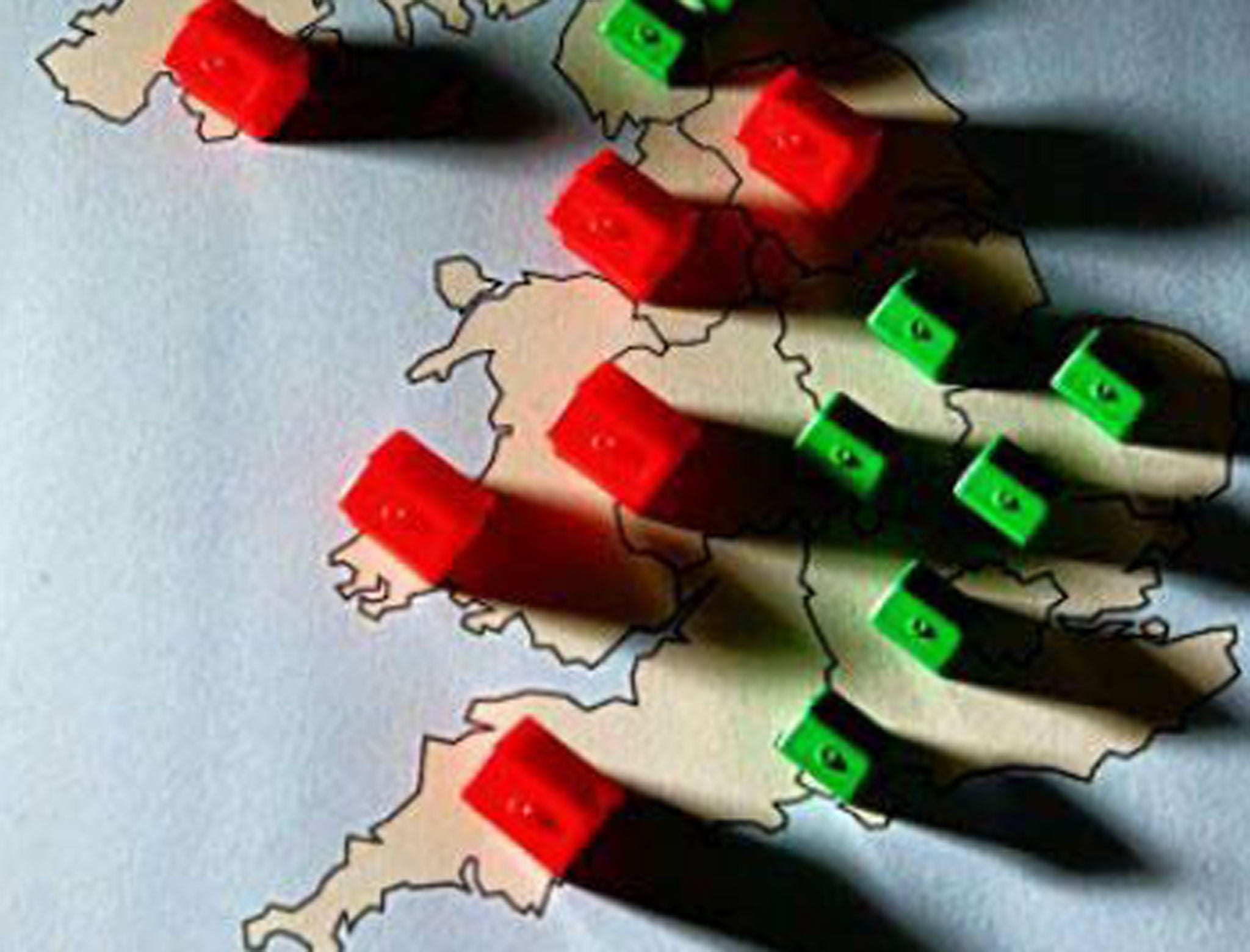Economic Studies: Growth is good, of course. But can there be too much too soon?
When higher interest rates come, a lot of borrowers will be squeezed


Five years ago it was Wile E Coyote; now it may be “brick on an elastic string”. You know the first analogy. The economy, like the cartoon character, has run over a cliff but keeps running in mid-air until looking down, realises there is nothing underneath – and drops like a stone. That is what happened in 2008, when the economy kept growing and house prices rising for several months after the collapse of Northern Rock had made it very clear that there was something radically wrong with the financial system.
Now it is the opposite point in the cycle. Imagine the economy is a brick attached to an elastic string. You pull and pull and pull towards you and nothing happens. Then suddenly the elastic becomes fully stretched, the brick zips towards you – and maybe nips your fingers.
That seems to be happening now. We have had ultra-loose monetary policy for five years and notwithstanding all the stuff about the cuts, we still have ultra-loose fiscal policy, a deficit of 7 per cent of GDP. So the elastic was being pulled hard. But the brick remained stuck – or at least so official figures suggested. Actually some of us thought the figures understated what was really happening and that now looks correct. But whatever the truth, even the pessimists have to acknowledge that the economy is now growing fast. The brick has indeed jumped.
So the next issue is whether it may be growing too fast. It may seem premature to be fretting about that, given there is plenty of slack in the economy and unemployment is still above 7 per cent. But while not an immediate problem it is one that may appear next year, for we all intuitively know that the recovery is more likely to be sustainable if it takes place at a decent steady clip, rather than moving in sudden bursts.
There is some evidence, even now, of tightening spots in the economy. The London housing market is already quite tight, and prices overall are past their previous peak. Mortgage approvals are their highest since early 2008. In parts of the South-east there are more job vacancies than there are job seekers. This confidence is reflected in sterling, for the pound is close to its year’s highest level against the dollar and Standard Bank is forecasting it will rise above $1.70 by next January. And for what it is worth, the FTSE 100 index is only a percentage point off this year’s high and only another couple of points off its all-time peak, reached at the end of 1999.
As a result, expect the question in the next few months to shift from “how do we get the economy moving?” to “how best do we check its growth?”.
That will be tricky. Higher interest rates have to come sometime, maybe next year. But while the economy as a whole might be able to stand higher rates and many savers would welcome them, a lot of individual borrowers would be severely squeezed. The issue is whether the Bank of England guidance, which suggested that a rise in rates would not occur until 2015 at the earliest, will actually prove misguided.
Fiscal policy, too, has to be tightened and the issue here is whether the Chancellor will be able to claw back some of the ground lost since his original deficit reduction plan was launched. We will have to wait until 4 December for the Autumn Statement to know more about that.
The big point here is the game has changed. We have gone from desperate measures to pump up the economy, to the more subtle task of shaping the recovery to try to make it more durable.
London forges ahead with Islamic bonds
That London should be the first non-Islamic location for issuing an Islamic bond catches several themes in international finance. An obvious one is that since Islamic countries have in recent years been a source of around 20 per cent of global savings, it is natural that their preferred instruments should grow as a proportion of total financial activities. It is a niche market but an extremely important one.
Another is that an issue in London fits in with the long-standing role of the City as a centre for allocating global savings towards investment opportunities round the world. A century ago it dominated the world bond market; now it remains the largest single centre for cross-border fund management. This is a parallel move to it becoming the first centre outside China to set up foreign exchange trading in yuan.
Yet another feature of this deal is that it fits in with the shift towards financing through securities market instruments rather than bank loans. This is yet another example of finance going back to a more robust model. Finally the principle of Islamic banking – that you share in the profits of a venture rather than charge interest – is one that will, after the excesses of the last boom, seem rather attractive to many.

Join our commenting forum
Join thought-provoking conversations, follow other Independent readers and see their replies